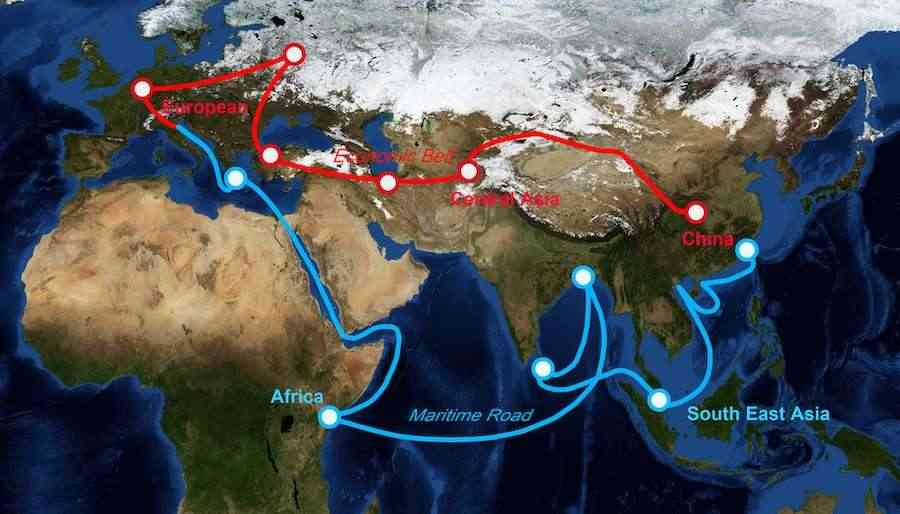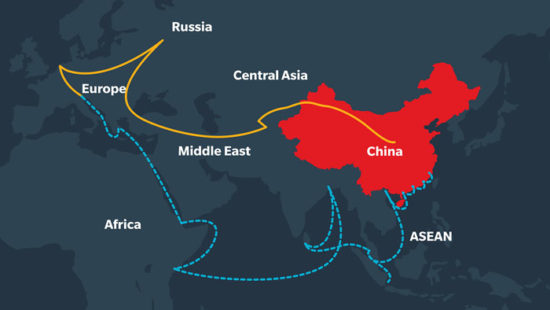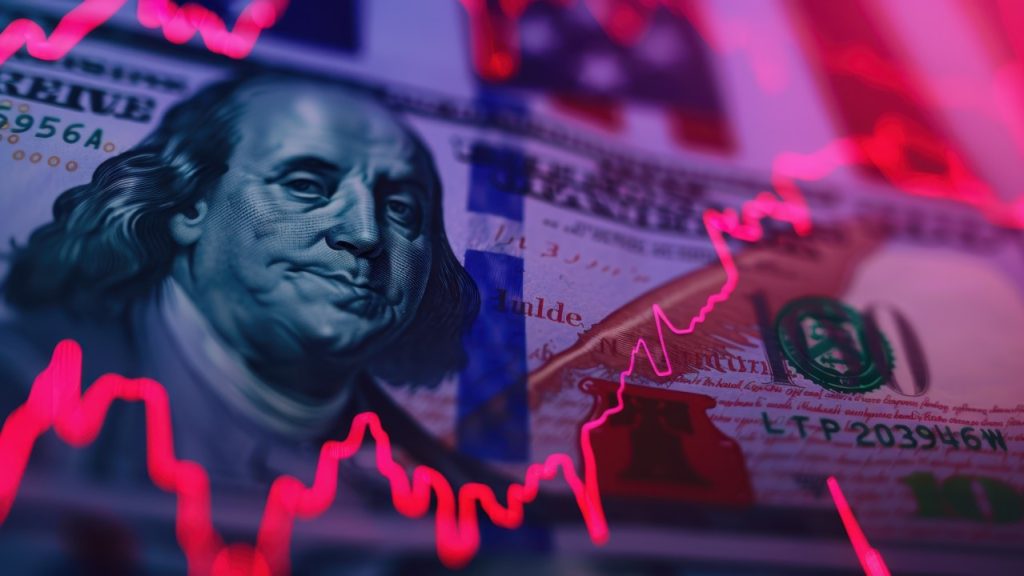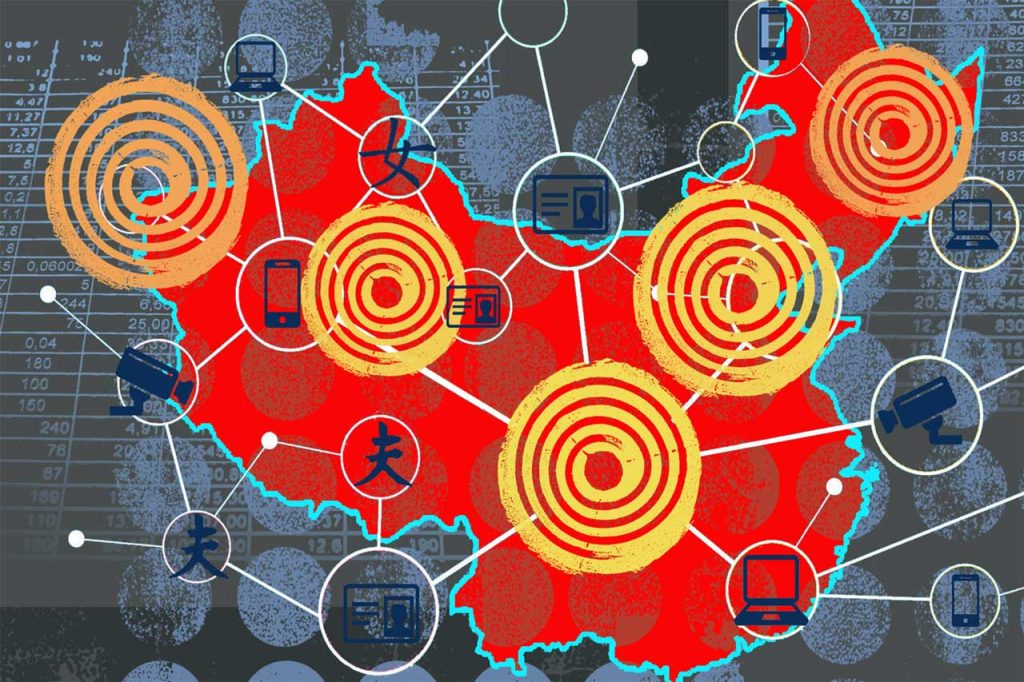In the world of supply chain and procurement, consumer demand is the ultimate signal. When consumers change how, what, and why they buy, businesses across the board must pivot. And in 2025, U.S. consumer spending is sending a very different message than it did just a few years ago. Discover how shifting U.S. consumer spending habits in 2025 are influencing procurement strategies. Learn about key trends, sectors to watch.
We’re living in the wake of seismic economic shifts—pandemic recovery, inflation waves, interest rate fluctuations, geopolitical tensions, and rapid digital transformation. Against this backdrop, American consumers are redefining their spending priorities. They are more selective, more value-conscious, more sustainability-focused, and increasingly driven by emotional and experiential value.
For procurement professionals, this isn’t just an economic curiosity—it’s a call to action. This blog explores how U.S. consumer spending trends in 2025 are reshaping the procurement landscape. We’ll cover key sectors seeing growth or decline, analyze buyer behavior shifts, and show how procurement strategies are evolving to meet these challenges. Finally, we’ll conclude with valuable commentary from global procurement leader Mattias Knutsson, on what these trends mean for long-term sourcing resilience and corporate strategy.
The U.S. Consumer Spending Outlook in 2025
Overall Spending Trends:
According to the U.S. Bureau of Economic Analysis (BEA), consumer spending rose 3.2% YoY in Q1 2025, rebounding slightly from slower 2024 growth. However, the increase was not evenly distributed:
- Services spending (especially travel, entertainment, and wellness) rose 4.8%
- Durable goods saw modest growth of 1.5%
- Non-durable goods like groceries and gas declined slightly due to price stabilization and frugality
Disposable Income and Confidence:
- Real disposable personal income is up 2.9% YoY.
- The University of Michigan Consumer Sentiment Index in April 2025 hit 84.7, indicating cautious optimism (still below pre-pandemic highs of 95+).
- High-income consumers continue to drive luxury and home investment spending, while lower-income households are focusing on essentials.
Key Shifts in Consumer Behavior Affecting Procurement
1. Value-Driven Purchasing
Today’s consumer isn’t just looking for cheap—they’re looking for value. This includes durability, customer support, ethical sourcing, and brand alignment with values.
Implication for procurement:
Organizations must source higher-quality goods with traceable supply chains. Vendor audits, ESG scorecards, and quality certifications are now as important as price quotes.
U.S. Consumer Procurement Trends Outlook in 2025

Sustainability and Circular Economy Awareness
- 71% of U.S. consumers said they would pay more for sustainable products (NielsenIQ, 2025).
- Thrift shopping, refurbished electronics, and biodegradable packaging are becoming mainstream.
Procurement strategy shift:
Sourcing from eco-certified suppliers, integrating recycled materials, and investing in closed-loop product lifecycles is increasingly essential.
Home as a Multi-Use Space
Even with office reopenings, the hybrid lifestyle remains. Consumers continue to upgrade their homes for comfort, function, and well-being.
- Spending on home office furniture grew 12% in early 2025.
- Smart home tech sales rose 18.7%, especially in voice assistants, air purifiers, and energy monitoring devices.
Procurement takeaway:
Demand for multi-functional goods, modular furniture, and health-oriented home tech is influencing B2B sourcing for retailers, DTC brands, and furniture OEMs.
Experience Over Ownership
Younger generations are increasingly prioritizing experiences over material goods.
- Subscription boxes, wellness retreats, and travel experiences are booming.
- Furniture and electronics leasing programs saw a 22% YoY growth.
Procurement impact:
Leasing-based models require sourcing goods that are durable, easily repairable, and logistics-friendly, influencing everything from packaging to transportation procurement.
Tech-Savvy Shopping
Consumers are discovering and buying via TikTok, Instagram Shops, and AI-powered recommendation tools.
- 64% of Gen Z shoppers discover products through social media.
- 35% of online purchases in Q1 2025 involved an AI-enhanced recommendation system.
Procurement adaptation:
Real-time trend tracking tools, flexible inventory sourcing, and rapid-response vendor contracts are key to keeping up with fast-moving demand.
Top Sectors Driving Procurement Changes
Home and Lifestyle
- Demand for natural, tactile materials like wood, clay, and linen is increasing.
- Sourcing involves close coordination with green-certified manufacturers and craft-scale producers.
Health and Wellness
- Vitamins, supplements, ergonomic products, and self-care tools are hot sellers.
- Procurement must focus on FDA compliance, supply chain traceability, and packaging innovation.
Tech and Gadgets
- Home computing, fitness tech, and smart kitchen tools continue rising.
- Global chip sourcing, packaging optimization, and warranty service networks are procurement priorities.
Fashion and Apparel
- The resale market is booming—expected to hit $35B in 2025.
- Fast fashion is losing ground to slow fashion and on-demand production, requiring agile sourcing models.
Real Procurement Adjustments in Action
| Company | Consumer Trend Response | Procurement Shift |
|---|---|---|
| Target | Sustainability push from millennials | Doubled the number of Climate Pledge-certified vendors |
| Best Buy | Rise in refurbished electronics | Built direct sourcing pipelines with device recyclers |
| Wayfair | Outdoor/home office surge | Expanded supplier network in Vietnam and Mexico |
| Peloton | Health-at-home movement | Onshored major parts of manufacturing to reduce delays |
The Data Layer: Why Procurement Now Depends on Consumer Intelligence
Modern procurement teams now rely heavily on consumer trend data, real-time analytics, and AI-based demand forecasting tools. This includes platforms like:
- Edited – for fashion and retail demand tracking
- NielsenIQ – for consumer sentiment and market size estimates
- GEP SMART – for AI-powered procurement intelligence
- Tableau / Power BI dashboards – for internal cross-department alignment
Procurement is no longer back-office—it’s front-line strategy driven by consumer demand foresight.
Conclusion:
As U.S. consumers change their spending habits, procurement must transform its mindset. No longer just a cost center, it becomes a bridge between brand promise and market delivery.
Mattias Knutsson, a Strategic Leader in Global Procurement and Business Development, shares:
“The best procurement teams now function like economists. They read the pulse of the consumer, adapt upstream sourcing strategies, and create value at every touchpoint. The 2025 consumer is emotionally driven, digitally aware, and value-demanding—and sourcing needs to reflect that.”
Knutsson also emphasizes that the speed of insight to action is what separates high-performing procurement teams from reactive ones. He encourages organizations to invest in data intelligence, flexible contracts, and sustainable sourcing as strategic pillars.
The story of consumer spending is the story of procurement’s future. In 2025, the U.S. buyer is more dynamic than ever—seeking value, ethics, and experiences in equal measure. For procurement leaders, aligning with these demands isn’t optional. It’s the path to building a future-ready supply chain.
Whether you’re sourcing home goods, personal tech, wellness products, or retail inventory, the key to success lies in understanding consumer values—and building smarter, faster, and greener procurement processes around them.






















